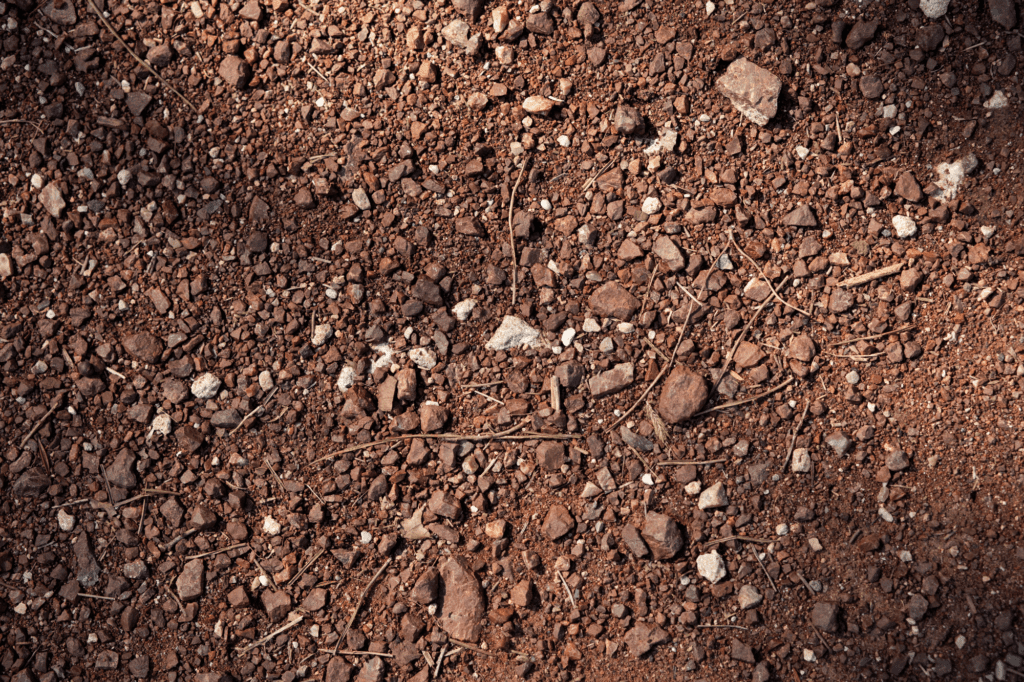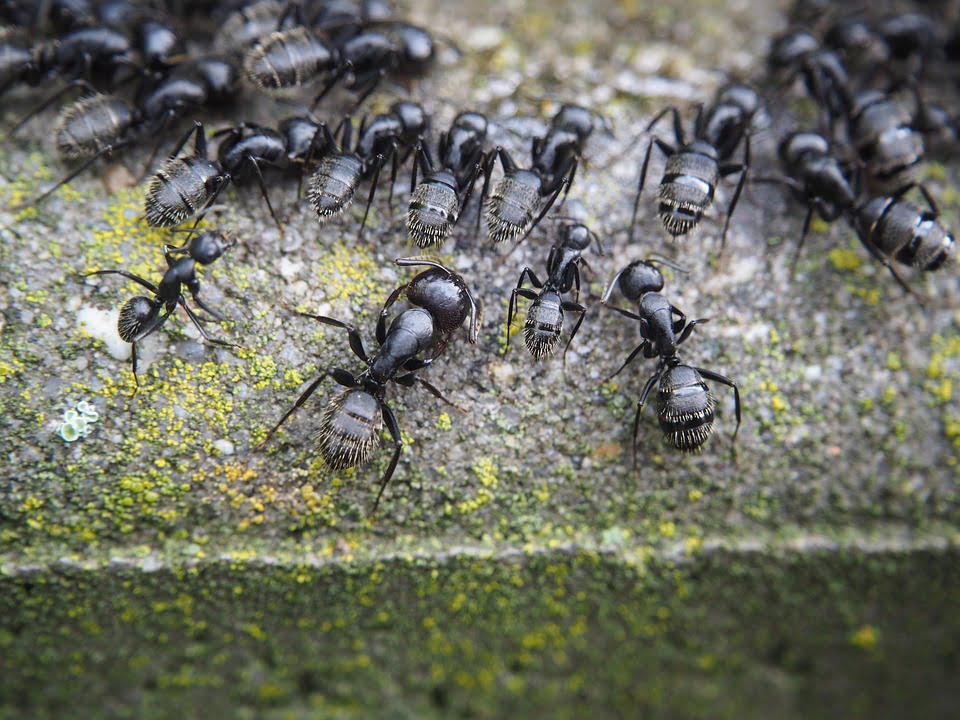Are you unsure about how much liquid fertilizer to use on your plants? If so, you’ve come to the right place. Knowing the proper amount of liquid fertilizer to apply is crucial for the health and safety of your plants. Over-fertilizing can lead to nutrient burn and damage, while under-fertilizing can result in stunted growth and poor development.
In this article, we will guide you through the process of determining the right amount of liquid fertilizer per plant. By understanding the nutritional needs of your plants, reading the instructions on the fertilizer package, assessing soil conditions, and observing your plant’s response, you can ensure that you are providing the optimal amount of nutrients.
We will also discuss the importance of considering environmental factors and applying the fertilizer in a timely manner. Remember, if you ever feel unsure, it is always wise to seek professional advice. So, let’s dive in and learn how to fertilize your plants safely and effectively.
Quick Summary
- Proper amount of liquid fertilizer is crucial for plant health and safety
- Conduct a soil test to identify nutrient deficiencies and choose the right liquid fertilizer
- Follow the instructions on the fertilizer package to avoid over or under fertilizing
- Regular monitoring and adjustments to fertilization routine are important for a thriving garden
Understand the Nutritional Needs of Your Plants
Understanding the nutritional needs of your plants is crucial for determining how much liquid fertilizer each plant requires. To ensure that your plants thrive and grow to their full potential, it’s important to address any nutrient deficiencies they may have. Nutrient deficiencies can negatively impact plant growth, causing stunted development, yellowing leaves, and poor flowering or fruiting.
Different types of plants have different nutritional requirements, so it’s essential to identify the specific needs of each plant species or variety you’re growing. Conducting a soil test can help determine which nutrients are lacking in your soil and guide you in choosing the right liquid fertilizer.
When applying liquid fertilizer, it’s important to follow the instructions provided by the manufacturer. Over-fertilizing can be harmful to your plants and may cause nutrient imbalances. Start with a smaller amount of liquid fertilizer and gradually increase the dosage if needed. Remember to always dilute the fertilizer according to the recommended ratios to prevent burning the roots of your plants.
By understanding the nutritional needs of your plants and providing them with the appropriate amount of liquid fertilizer, you can ensure their healthy growth and vibrant appearance. Regular monitoring and adjustments to your fertilization routine will help you maintain a thriving garden while preventing any potential harm to your plants.
Read the Instructions on the Fertilizer Package
When it comes to fertilizing your plants, it’s important to read the instructions on the fertilizer package.
These packages provide recommended dosage guidelines that you should follow to avoid over or under fertilizing your plants.
By following these instructions, you can ensure that you are providing your plants with the right amount of nutrients they need to thrive.
Fertilizer packages provide recommended dosage guidelines
To get the best results, you should follow the recommended dosage guidelines on the fertilizer packages and give each plant the right amount of liquid fertilizer. These guidelines are provided for a reason – to ensure the safety and effectiveness of the fertilizer.
By following the recommended dosage, you can be confident that you are providing your plants with the optimal amount of nutrients they need for healthy growth. Over-fertilizing can actually be harmful to your plants, as it can lead to nutrient burn or stunted growth. On the other hand, under-fertilizing may not provide enough nutrients to stimulate plant growth.
So, it’s important to read and understand the instructions on the fertilizer package, as they will guide you in achieving the best results while keeping your plants safe.
Follow the instructions to avoid over or under fertilizing
By adhering to the instructions on the fertilizer package, you can ensure that your plants receive the necessary nutrients for optimal growth without risking damage or stunted development.
Here are some important guidelines to follow:
- Start with the recommended dosage provided on the package.
- Avoid over-fertilizing, as it can lead to fertilizer burn, causing yellowing or browning of leaves.
- Watch out for signs of over-fertilization, such as wilting, leaf drop, or stunted growth.
- Similarly, under-fertilizing can result in nutrient deficiencies, leading to pale or yellow leaves.
Remember, it’s crucial to follow the dosage instructions and avoid exceeding the recommended amount. Over or under fertilizing can harm your plants and hinder their growth.
Keep a close eye on your plants and adjust the fertilizer dosage accordingly. By doing so, you’ll provide them with the right amount of nutrients for healthy and thriving growth.
Consider the Concentration of the Fertilizer
If you want your plants to thrive, you’ll need to take into account the concentration of the fertilizer you use. It’s important to understand the factors that affect fertilizer efficacy and the importance of maintaining a proper nutrient balance.
Using the right amount of liquid fertilizer per plant is crucial for their overall health and growth.
When it comes to liquid fertilizer, the concentration refers to the amount of nutrients present in the solution. Different fertilizers have varying concentrations, and it’s essential to choose one that suits the needs of your plants. Using a highly concentrated fertilizer may result in over-fertilization, which can burn the roots and harm the plant. On the other hand, using a low concentration may not provide enough nutrients for the plants to thrive.
To determine the appropriate concentration, you should carefully read the instructions provided by the manufacturer. These instructions will guide you on the recommended amount of fertilizer to use per plant. It’s important to follow these guidelines to avoid any potential harm to your plants.
Maintaining a proper nutrient balance is crucial for the health of your plants. Over-fertilization can lead to nutrient imbalances, which can affect their growth and overall well-being. By considering the concentration of the fertilizer and following the instructions provided, you can ensure that your plants receive the right amount of nutrients they need to flourish.
Assess the Soil Conditions
Assessing the soil conditions is crucial in determining the appropriate care needed for your plants’ optimal growth and health. By assessing the soil fertility and understanding nutrient deficiencies, you can ensure that your plants receive the necessary nutrients to thrive.
Here are five key points to consider when assessing the soil conditions for your plants:
- Conduct a soil test: Get a soil test kit or consult a professional to analyze the nutrient levels and pH balance of your soil. This will help you identify any nutrient deficiencies or imbalances that may be affecting your plants’ growth.
- Observe plant symptoms: Pay attention to any signs of nutrient deficiencies in your plants, such as yellowing leaves or stunted growth. These symptoms can provide valuable clues about the specific nutrient that your plants may lack.
- Amend the soil: Based on the soil test results, you may need to add organic matter or specific fertilizers to improve the nutrient content of the soil. This will help provide a balanced diet for your plants.
- Practice crop rotation: Rotating crops can help prevent nutrient depletion in the soil. Different plants have varying nutrient requirements, so rotating crops can help maintain soil fertility and prevent the buildup of pests and diseases.
- Mulch the soil: Applying a layer of organic mulch around your plants can help conserve moisture, regulate soil temperature, and provide a slow release of nutrients as the mulch decomposes.
By following these guidelines and assessing the soil conditions, you can ensure that your plants receive the right amount of nutrients and care for their optimal growth and health.
Observe the Plant’s Response
Observe how your plant responds to its environment and adjust accordingly to ensure its optimal growth and health. Pay close attention to the plant’s growth and development as well as any changes in its overall appearance. By observing these factors, you can determine if the current amount of liquid fertilizer you’re using is sufficient or if adjustments need to be made.
One key aspect to observe is the plant’s growth. Take note of how quickly the plant is growing and whether it’s producing new leaves or flowers. If the plant appears stunted or isn’t growing as expected, it may be an indication that it needs more liquid fertilizer. On the other hand, if the plant is growing rapidly and producing an abundance of foliage, it could be a sign that you’re using too much fertilizer.
Measuring the efficiency of the liquid fertilizer is another important observation to make. Keep track of how well the plant is responding to the fertilizer by evaluating its overall health. If the plant is thriving and displaying vibrant, green leaves, it suggests that the fertilizer is being absorbed effectively. However, if the plant shows signs of wilting, discoloration, or leaf burn, it may be an indication that the fertilizer is too concentrated or not being absorbed properly.
By closely observing the growth and measuring the efficiency of the liquid fertilizer, you can make the necessary adjustments to ensure your plant’s optimal growth and health. Remember to always follow the instructions provided with the fertilizer and make changes gradually to avoid any potential harm to your plant.
Take Environmental Factors into Account
When considering the environmental factors for your plants, it’s important to take into account variables such as temperature, sunlight, and humidity. These elements can greatly affect the growth and health of your plants.
Adjusting the dosage of fertilizer based on the specific environmental conditions of each plant will ensure optimal growth and prevent any potential damage.
Consider factors like temperature, sunlight, and humidity
Taking into account factors like temperature, sunlight, and humidity, it’s important to determine the appropriate amount of liquid fertilizer for each plant. Factors affecting liquid fertilizer effectiveness include the plant’s growth stage, soil type, and nutrient needs.
To determine the ideal fertilizer dosage, consider the following:
- Temperature: Higher temperatures increase the rate of nutrient absorption, so adjust the dosage accordingly during hot weather.
- Sunlight: Plants that receive more sunlight may require more fertilizer due to increased photosynthesis and growth.
- Humidity: High humidity can lead to nutrient leaching, so apply a slightly higher dosage to compensate.
Remember, using too much fertilizer can harm plants and the environment. Always follow the manufacturer’s instructions and dilute the fertilizer properly. It’s better to start with a lower dosage and gradually increase as needed.
Regularly monitor your plants for any signs of nutrient deficiency or excess to ensure their well-being. Safety should always be a priority when using liquid fertilizer.
Adjust the fertilizer dosage based on the plant’s environmental conditions
To optimize your plant’s growth and health, make sure to adjust the amount of fertilizer you use based on its surrounding environmental conditions. Factors such as temperature, sunlight, and humidity can greatly impact the nutrient needs of your plants. By adjusting the fertilizer dosage with precision, you can provide your plants with the right amount of nutrients they need to thrive.
To help you understand how to adjust the fertilizer dosage, here is a table that shows the recommended fertilizer amounts based on different environmental conditions:
| Environmental Conditions | Fertilizer Dosage |
|---|---|
| High temperature | Decrease dosage |
| Low temperature | Increase dosage |
| High sunlight | Increase dosage |
| Low sunlight | Decrease dosage |
By considering these factors and adjusting nutrient levels accordingly, you can ensure that your plants receive the optimal amount of fertilizer. This will not only promote their growth and health but also prevent any potential harm that excessive or insufficient fertilization may cause.
Apply Fertilizer in a Timely Manner
When applying fertilizer, it’s important to do so during the plant’s active growth period. This is when the plant is actively taking up nutrients and can benefit the most from the fertilizer.
Avoid fertilizing during dormancy or stressful periods, as the plant may not be able to properly utilize the nutrients and it could lead to damage or nutrient imbalances.
Remember to always consider the timing and needs of your plants when applying fertilizer.
Apply fertilizer during the plant’s active growth period
During the plant’s active growth period, it’s crucial to apply the right amount of liquid fertilizer to ensure optimal growth and health. To adjust the fertilizer dosage effectively, it’s essential to understand the different stages of plant growth. Here are four reasons why applying fertilizer during this time is important:
- Encourages vigorous growth: Providing the right nutrients during the active growth period helps plants develop strong roots, stems, and leaves, resulting in robust and healthy growth.
- Enhances nutrient absorption: Fertilizing during this period ensures that plants can efficiently absorb essential nutrients, maximizing their potential to thrive.
- Promotes flower and fruit production: By providing adequate nutrients, you can encourage abundant flower blossoms and a bountiful harvest, leading to a more satisfying gardening experience.
- Increases resistance to pests and diseases: Well-nourished plants are less susceptible to insect infestations and diseases, helping to create a safe and thriving garden.
Remember, adjusting fertilizer dosage and timing it correctly during the plant’s active growth period is crucial for promoting healthy growth and ensuring the safety of your plants.
Avoid fertilizing during dormancy or stressful periods
Make sure you avoid fertilizing your plants during dormancy or stressful periods, as it can put unnecessary strain on them and hinder their ability to recover and thrive.
Timing is crucial when it comes to applying liquid fertilizer. By understanding the plant’s growth cycle and avoiding fertilization during dormant periods, you can ensure that the fertilizer has the maximum impact.
Stressful periods, such as extreme temperatures or drought, can also affect the plant’s fertility. During these times, it’s best to hold off on fertilizing until the plant has regained its strength. Fertilizing during these periods can further stress the plant and impede its ability to absorb and utilize the nutrients from the fertilizer.
So, remember to be aware of the plant’s growth cycle and avoid fertilizing during dormancy or stressful periods to promote healthy and thriving plants.
Seek Professional Advice if Needed
If you’re unsure, it’s always a good idea to consult with an expert for guidance on the appropriate amount of liquid fertilizer per plant. Seeking advice from a professional can help ensure that you are using the correct amount of fertilizer and avoid any potential harm to your plants.
When it comes to fertilizing your plants, it’s important to remember that using too much liquid fertilizer can actually be detrimental to their health. Over-fertilizing can lead to nutrient burn, which can cause leaf damage and even death in extreme cases. This is why seeking professional consultation is crucial, especially if you’re unsure about the correct dosage.
A professional can assess the specific needs of your plants and provide you with personalized advice on the appropriate amount of liquid fertilizer to apply. They can take into account factors such as the type of plant, its growth stage, and the soil conditions. By seeking their expertise, you can ensure that you’re not only providing your plants with the nutrients they need, but also doing so safely.
Remember, the goal is to promote healthy growth and vitality in your plants, so it’s important to use the right amount of liquid fertilizer. Seeking professional advice will give you the peace of mind that you’re doing what’s best for your plants and avoiding any potential harm.
Frequently Asked Questions
How often should I apply liquid fertilizer to my plants?
To choose the right liquid fertilizer for your plants, consider their specific needs and growth stage. Liquid fertilizers offer benefits like faster nutrient absorption and targeted application. Apply according to instructions to ensure safety and avoid over-fertilization.
Can I mix different types of liquid fertilizers together?
Yes, you can mix different types of liquid fertilizers together. However, it’s important to be cautious and follow the instructions on each bottle. Mixing can provide a balanced nutrient profile, but too much can harm plants.
Is it necessary to water my plants before applying liquid fertilizer?
Before applying liquid fertilizer, it is important to water your plants. This ensures that the fertilizer is evenly distributed and prevents any potential harm to your plants. Using liquid fertilizer has benefits over granular fertilizer, such as faster absorption and better nutrient availability. When diluting liquid fertilizer, follow the instructions on the label to avoid over-fertilizing and damaging your plants.
Are there any specific plants that require more or less liquid fertilizer?
Specific plants have different fertilizer requirements. It’s important to consider their individual needs when applying liquid fertilizer. This ensures effectiveness and prevents over-fertilization, which can harm plants.
How long does it take for liquid fertilizer to show noticeable results on my plants?
To see noticeable results on your plants, follow these steps: properly dilute liquid fertilizer for optimal results and always follow the instructions on the packaging. Safety is important, so be cautious when handling and applying the fertilizer.
Conclusion
In conclusion, determining the appropriate amount of liquid fertilizer per plant requires careful consideration of several factors. By understanding your plants’ nutritional needs and reading fertilizer instructions, you can ensure proper application. Additionally, assessing soil conditions and observing plant response are important steps in determining the right amount of fertilizer. Taking environmental factors into account is also crucial. Remember to apply fertilizer in a timely manner and seek professional advice if needed. With these steps, you can effectively nourish your plants and promote their growth and health. Happy gardening!











